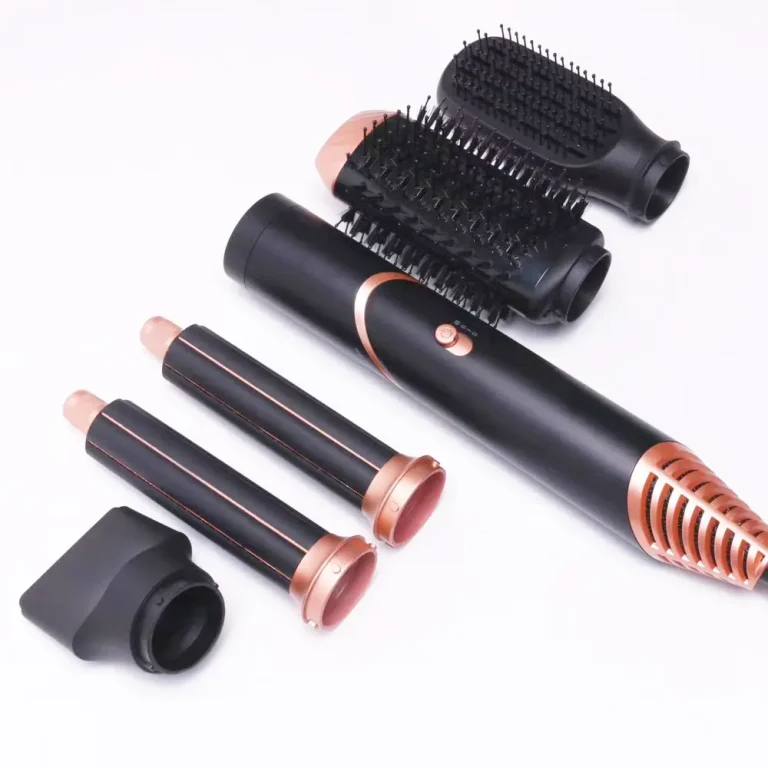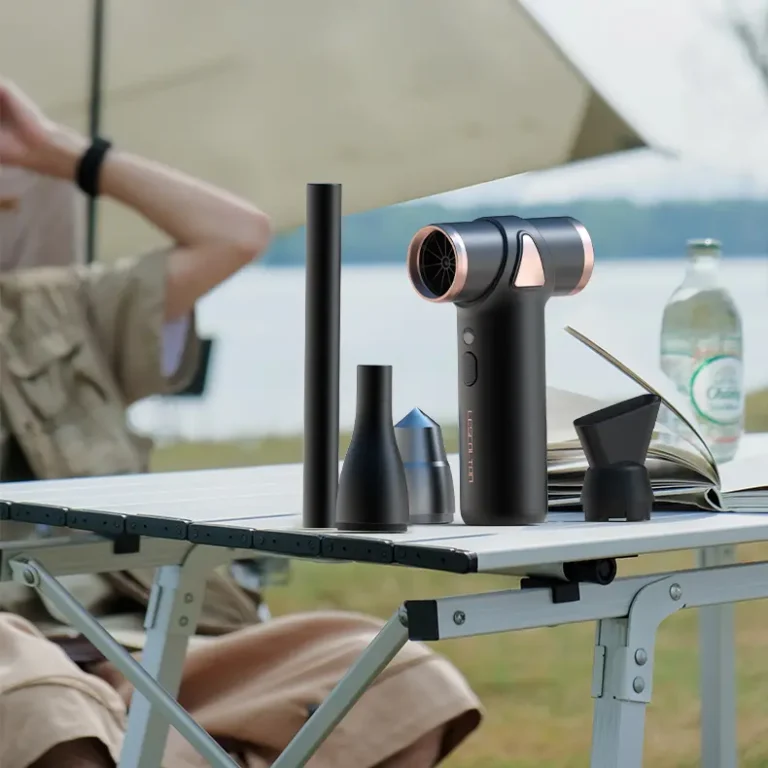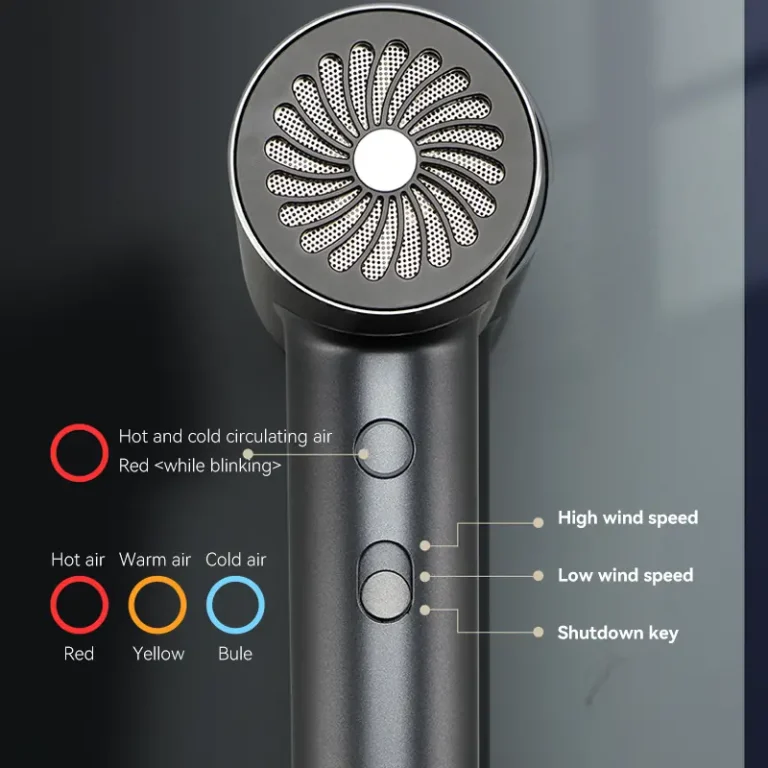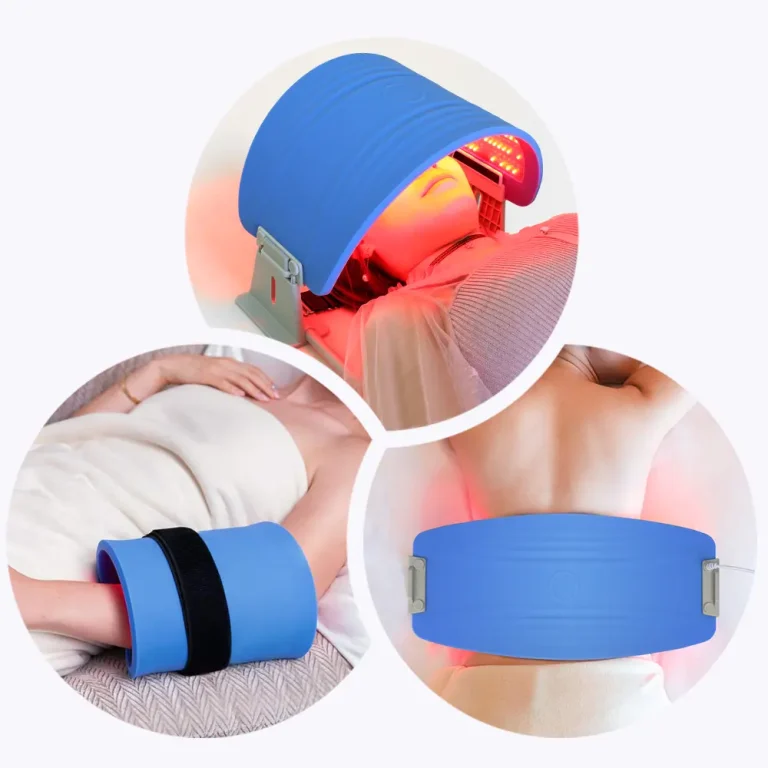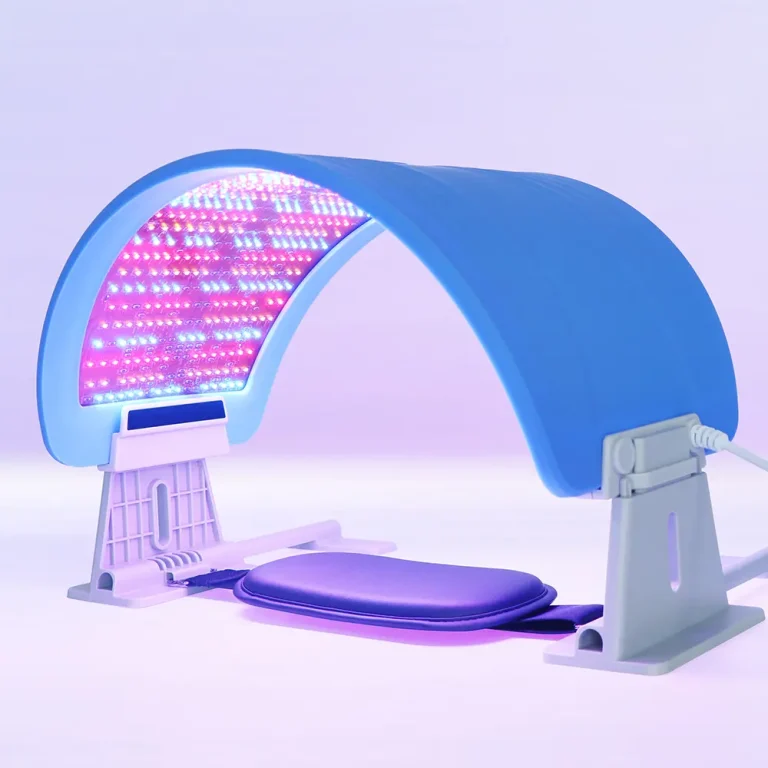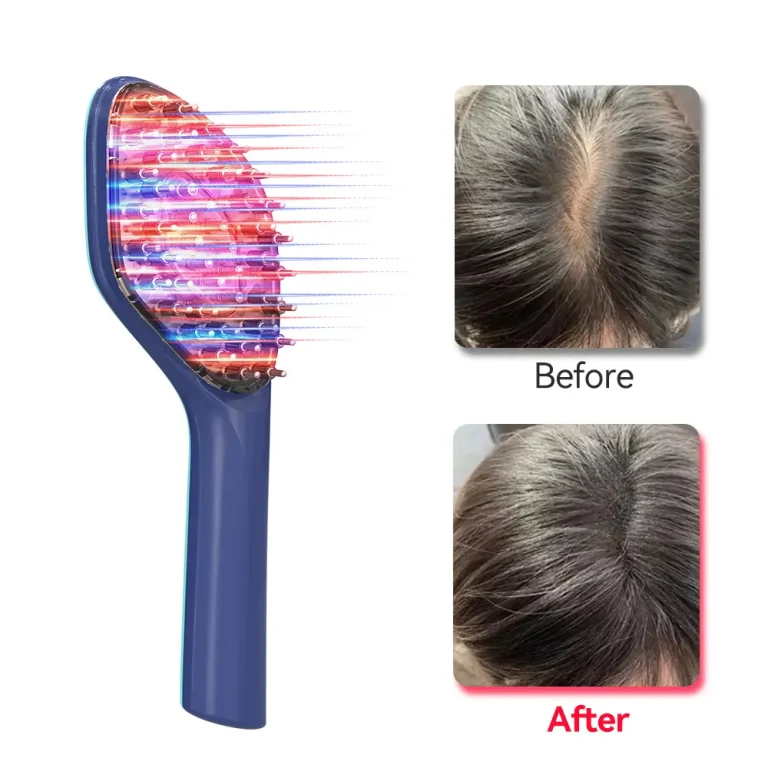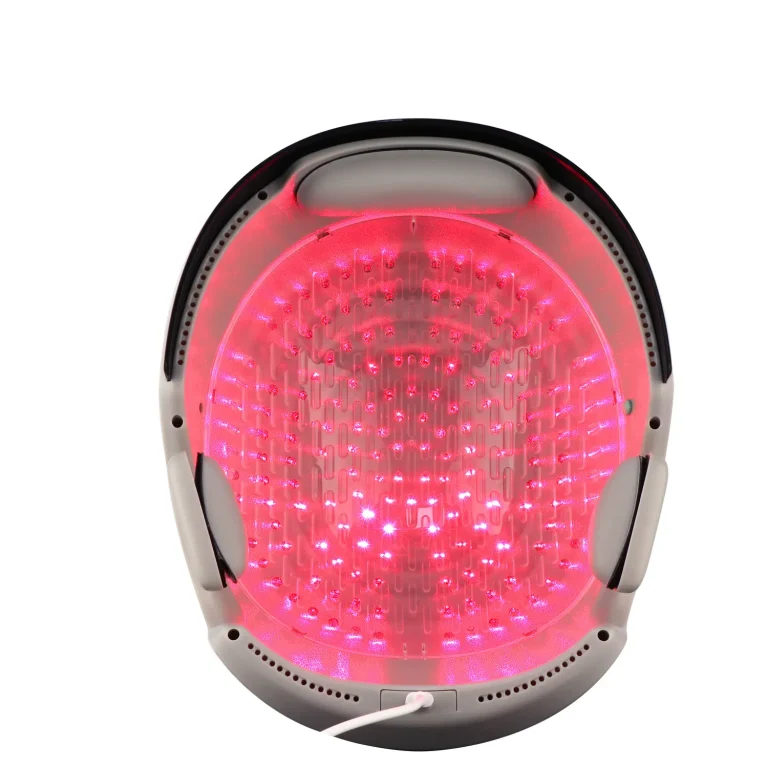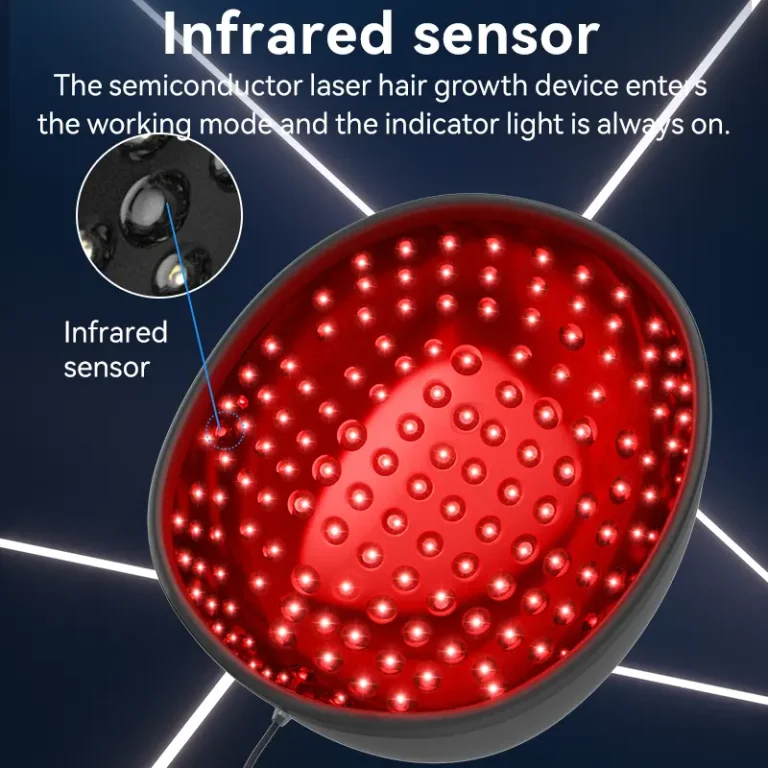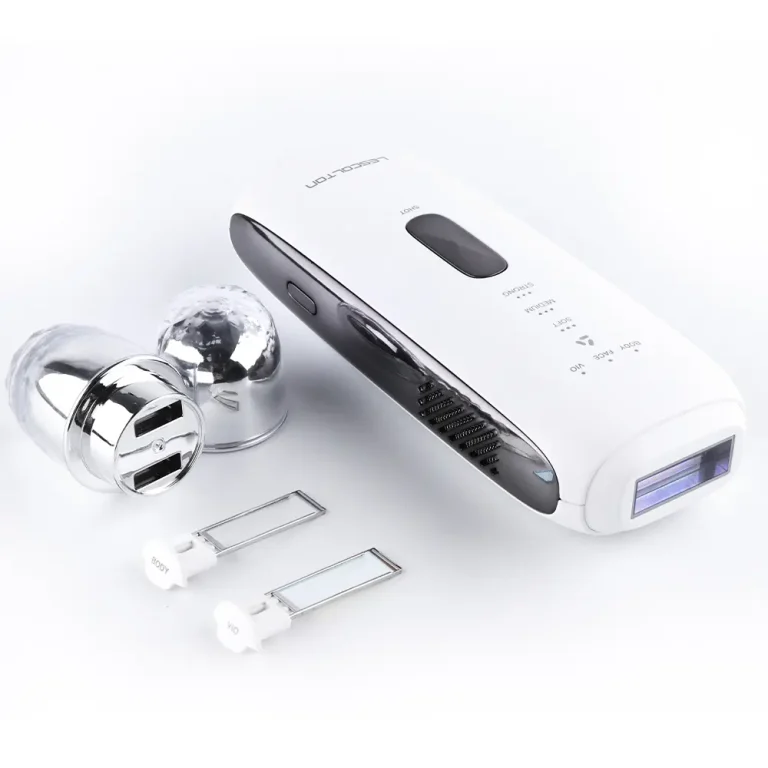Hair loss is a common concern affecting millions of people worldwide, prompting a quest for effective treatments. Amid various solutions, laser hair growth devices have emerged as a promising, non-invasive option. These devices, often referred to as Low-Level Laser Therapy (LLLT) or red light therapy devices, utilize specific wavelengths of light to stimulate hair growth. But how exactly do these devices work, and how effective are they? Let’s delve into the science and benefits of laser hair growth devices.
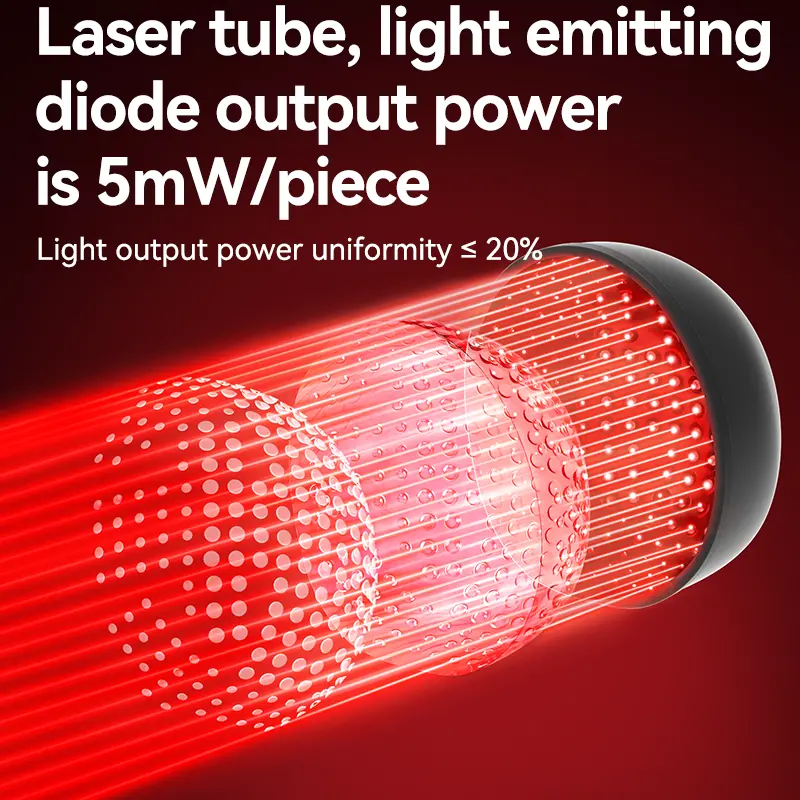
1. Understanding Laser Hair Growth Devices
1.1 What is Low-Level Laser Therapy (LLLT)?
Low-Level Laser Therapy (LLLT) involves the use of low-power lasers or light-emitting diodes (LEDs) to deliver light energy to the scalp. Unlike high-power lasers used for cutting or burning, LLLT uses low-intensity light that penetrates the scalp without causing damage.
1.2 Types of Devices:
- Laser Combs and Brushes: These handheld devices are equipped with laser or LED lights and are combed through the hair and scalp.
- Laser Helmets and Caps: Designed to cover the entire scalp, these wearable devices deliver consistent light exposure to larger areas.
- Laser Bands: These flexible bands wrap around the head, providing targeted light therapy to the hair follicles.
2. How Do Laser Hair Growth Devices Work?
2.1 Light Absorption and Cellular Activity:
When the light from the laser or LED device penetrates the scalp, it is absorbed by the cells within the hair follicles. This absorption process stimulates cellular activity and increases the production of adenosine triphosphate (ATP), the energy currency of cells. Enhanced ATP production promotes cell metabolism and accelerates the repair and regeneration of damaged hair follicles.
2.2 Improved Blood Circulation:
LLLT improves blood circulation in the scalp, ensuring that hair follicles receive more oxygen and essential nutrients. Improved circulation helps create a healthier environment for hair growth and strengthens existing hair.
2.3 Reduction of Inflammation:
Inflammation is a contributing factor to hair loss, particularly in conditions like androgenetic alopecia. LLLT has anti-inflammatory properties that can reduce inflammation around hair follicles, preventing further hair loss and promoting regrowth.
2.4 Stimulation of Growth Factors:
Laser therapy stimulates the release of growth factors and cytokines, which are proteins that play a crucial role in hair growth and follicle development. These growth factors help prolong the anagen (growth) phase of the hair cycle, leading to thicker and healthier hair.
3. Benefits of Using Laser Hair Growth Devices
3.1 Non-Invasive and Painless:
LLLT is a non-invasive treatment that does not require surgery or painful procedures. Users experience no discomfort during the sessions, making it a convenient option for hair growth.
3.2 Safe for Home Use:
Many LLLT devices are FDA-cleared for home use, allowing individuals to perform treatments in the comfort of their own homes. This convenience encourages consistency, which is key to achieving optimal results.
3.3 Suitable for Various Types of Hair Loss:
Laser hair growth devices are effective for various types of hair loss, including androgenetic alopecia (pattern baldness), telogen effluvium, and other forms of thinning hair. Both men and women can benefit from LLLT.
3.4 Minimal Side Effects:
LLLT has minimal side effects compared to other hair loss treatments. Some users may experience mild scalp irritation or redness, but these effects are usually temporary and subside quickly.
4. Effectiveness and Clinical Evidence
4.1 Clinical Studies:
Numerous clinical studies support the efficacy of LLLT in promoting hair growth. Research has shown that consistent use of laser hair growth devices can lead to significant improvements in hair density, thickness, and overall scalp health.
4.2 Real-World Results:
Many users report positive results after regular use of LLLT devices, including noticeable hair regrowth, reduced shedding, and improved hair texture. However, individual results may vary based on the underlying cause of hair loss and the consistency of use.
5. How to Use Laser Hair Growth Devices
5.1 Frequency and Duration:
For best results, follow the manufacturer’s guidelines regarding the frequency and duration of treatments. Typically, sessions last between 15 to 30 minutes and are performed 3 to 4 times per week.
5.2 Consistency is Key:
Consistent use is crucial for achieving and maintaining results. It may take several months of regular treatment to see visible improvements in hair growth.
5.3 Combining with Other Treatments:
LLLT can be used in conjunction with other hair loss treatments, such as topical minoxidil or oral finasteride, to enhance results. However, it is essential to consult with a healthcare professional before combining treatments.
Conclusion
Laser hair growth devices offer a scientifically-backed, non-invasive solution for individuals seeking to combat hair loss and stimulate regrowth. By improving cellular activity, enhancing blood circulation, reducing inflammation, and stimulating growth factors, these devices create a favorable environment for hair growth. With consistent use and adherence to guidelines, many users can achieve significant improvements in hair density and overall hair health. As always, consulting with a healthcare professional can provide personalized advice and ensure the best approach for your specific needs.

